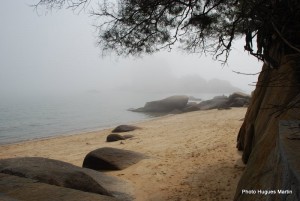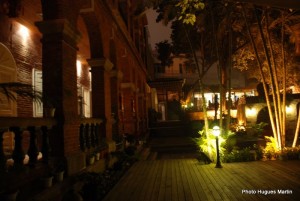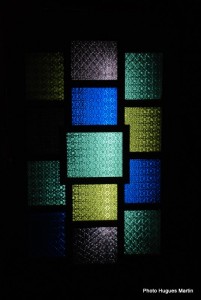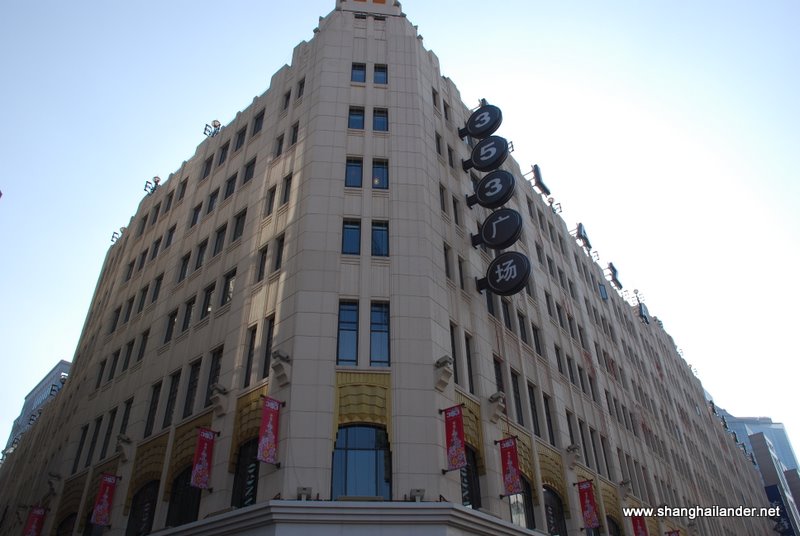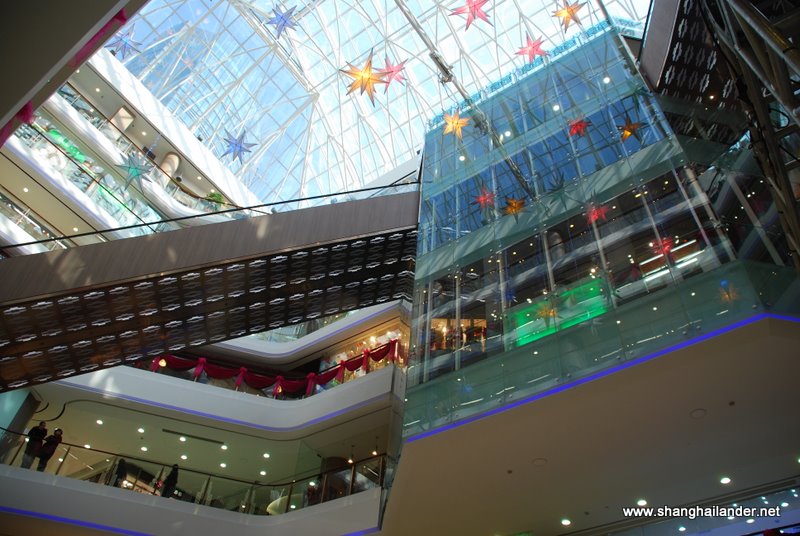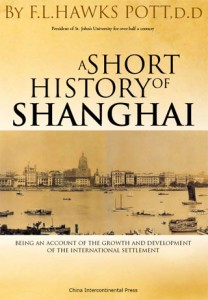
Plenty of books are currently published about old Shanghai in the run-up to Expo 2010. “A short history of Shanghai” is surely not one of the easy ones to read. Most people think I am passionate about old Shanghai, but even I sometimes reach a limit on how much information I can absorb on the topic. Coffee table books make a great decoration with lots of nice pictures of old buildings and can be highly informative as well, the best of which is probably “Building Shanghai“. Novels based in Old Shanghai take you to a trip back in time without needing much introduction. Amongst them I like “The Master of rain“, though I still need to read the classic “Shanghai 1937” and I sometimes dream that I will also write one. Old guide books such as “all about Shanghai and its environs” are often fun to read. They are a bit more dense with information and I often think that most people will read a few pages every now and then, but only few people actually read them from the beginning to the end. A short history of Shanghai is definitely a much harder nut to crack. It is not a new book but is the reprint of a book from 1927.
Probably inspired by Earnshaw books reprints (even in the beige color cover), the state owned China Intercontinental Press has reprinted this original history of Shanghai. The paper is not as good quality as Earnshaw’s and the reprint has introduced a number of spelling mistakes but illustrations and maps have been kept in. The most amazing is that the publisher managed to publish in modern China a book that was definitely not approved or even forbidden only a few years ago. The very existence of this book shows that the perception of Old Shanghai by Chinese people is also changing. As Shanghai is reborn, it is looking again for its own history and this is a fine example of high quality academic research. Having been written in 1927, the book offer many information about the early days of Shanghai that was lost after liberation or during the Cultural Revolution. “A short history of Shanghai” is definitely not Old Shanghai for beginner, but as a source of information it is invaluable.
If you want to know everything about the history of Shanghai and the International Settlement, you have found the right book. There are so many details in it that it would be easy to get lost. Dates of the opening of various bridges on the Suzhou creek, names of the bishops of the Shanghai Cathedral, debates on the Shanghai municipal councils, various episodes of fights happening around the city, you have it all. The best is probably the very old fashion tone and sentence patterns used in it. It is easy to feel the sense of superiority that western colonials had in Shanghai. The writer was a old China hand, having been the President of Saint John University (today East China University of Political Science and Law) for half of a century. He certainly knew China well as he also published several edition of an history of China. Another of his published books was “Lessons in the Shanghai dialect”, a teach yourself method in English to learn Shanghainese, that would probably also be worth a reprint. Hopefully China Intercontinental Press will also republish it.
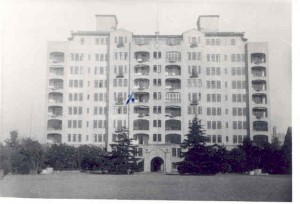
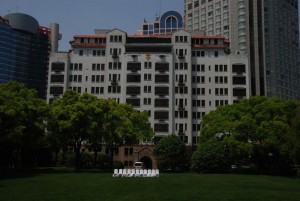
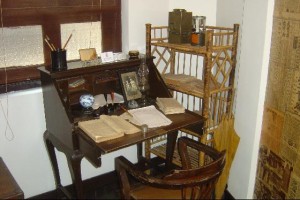
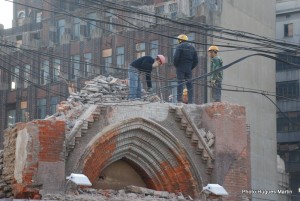
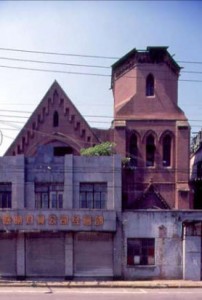
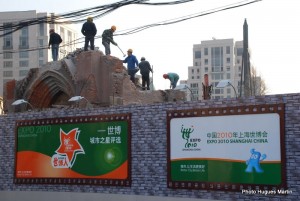
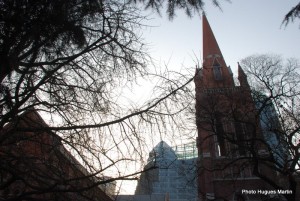
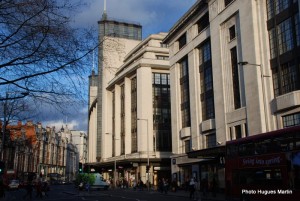
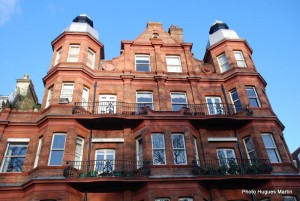
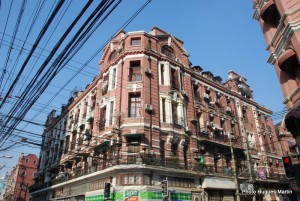
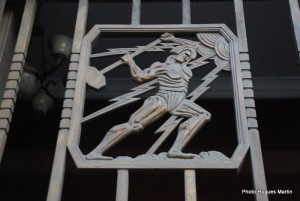
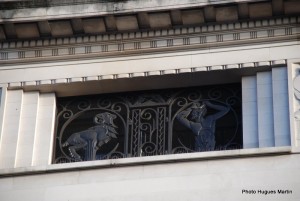
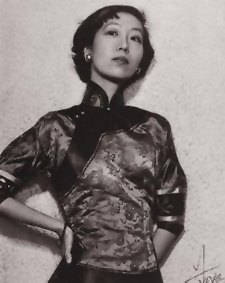
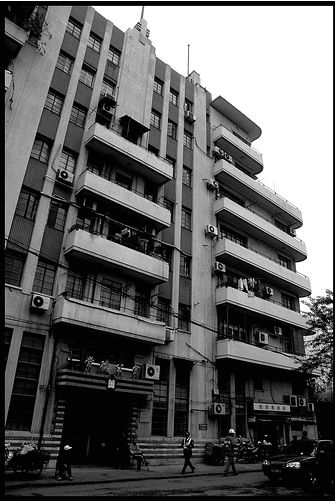
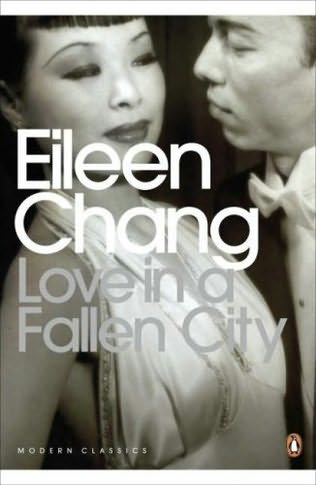 ol by the hotel company. A bookstors-cafe has just opened at the bottom of the building with 30’s theme… the perfect place to revive old Shanghai with a coffee.
ol by the hotel company. A bookstors-cafe has just opened at the bottom of the building with 30’s theme… the perfect place to revive old Shanghai with a coffee.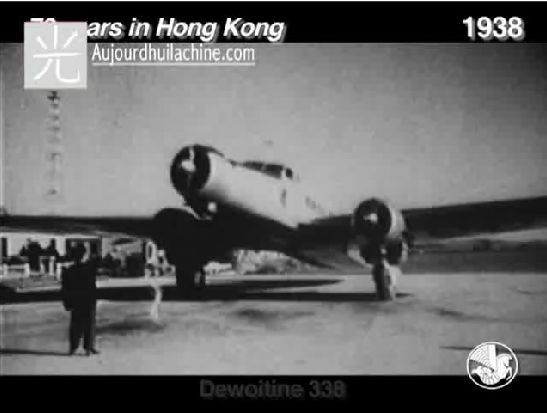
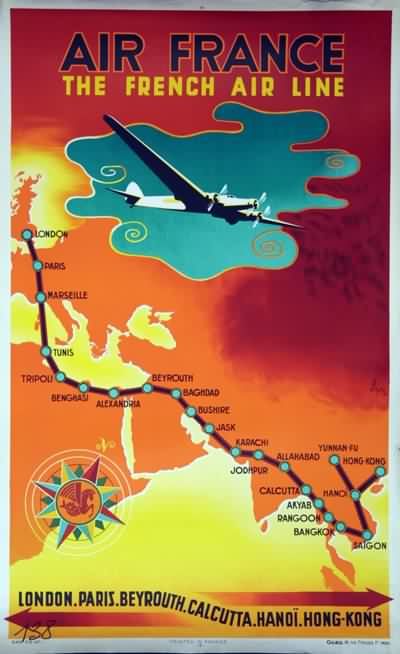
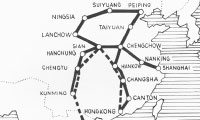 Air France flight to China was not the first international attempt for regular flights from Europe to China. Lufthansa organized a
Air France flight to China was not the first international attempt for regular flights from Europe to China. Lufthansa organized a 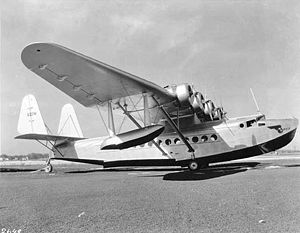 Started in 1930, Eurasia airline was flying around China. Operation were stopped in 1939.
Started in 1930, Eurasia airline was flying around China. Operation were stopped in 1939.